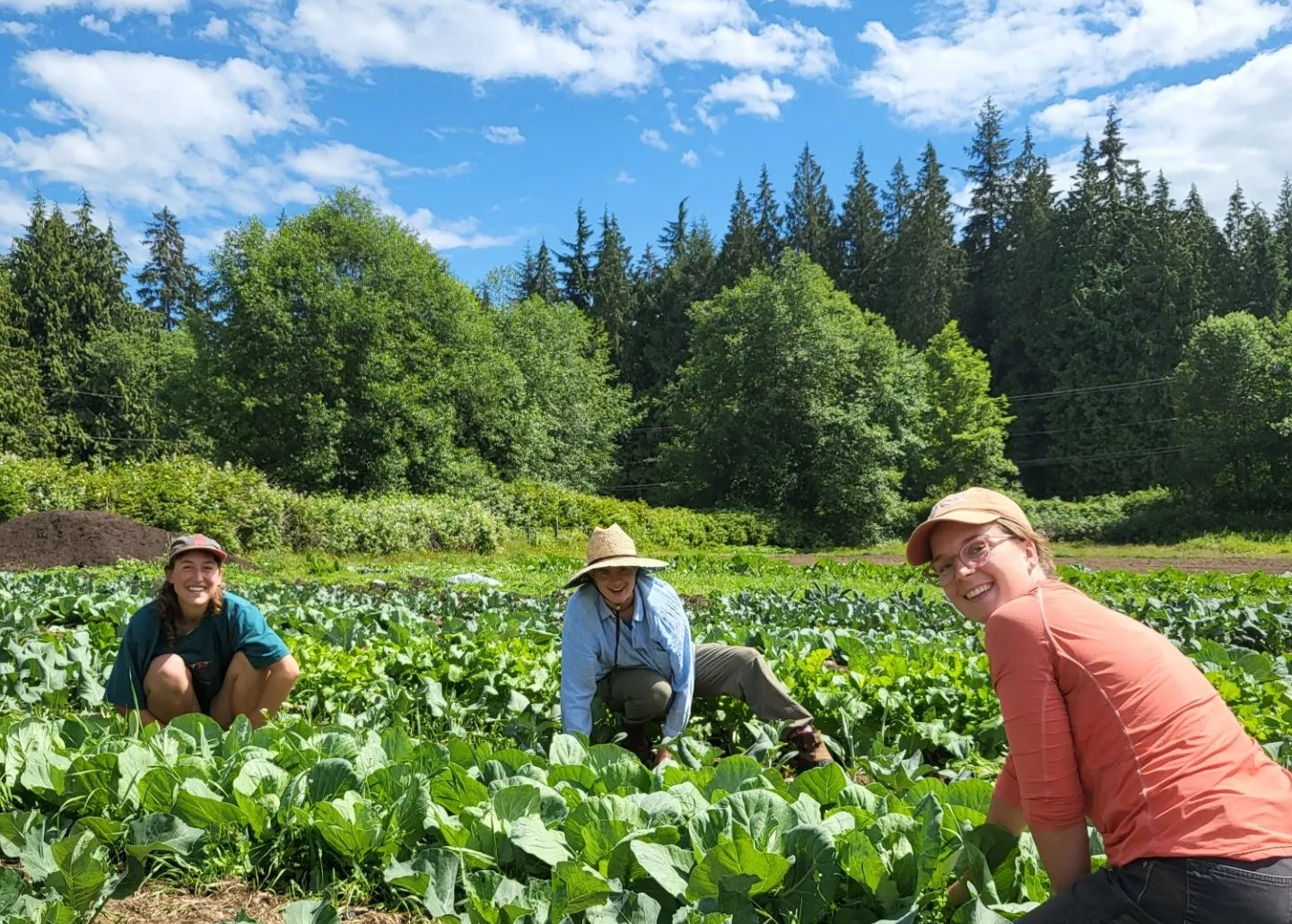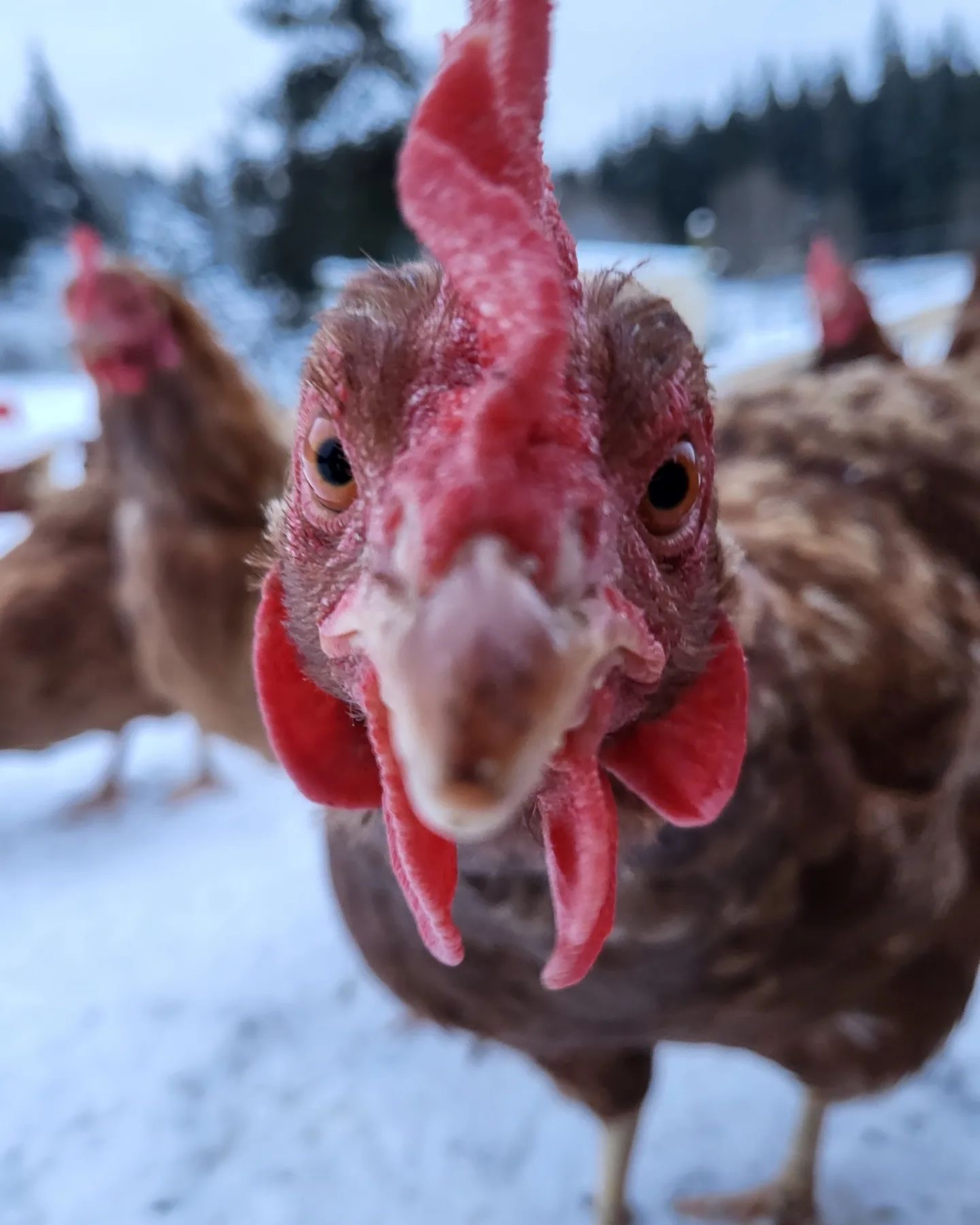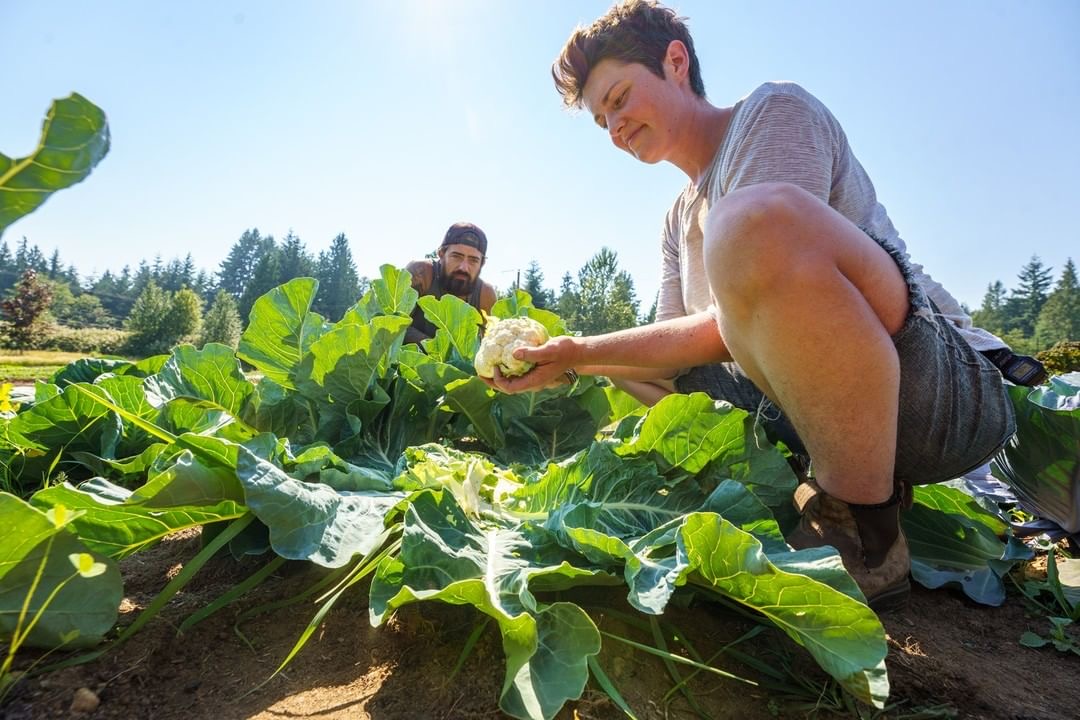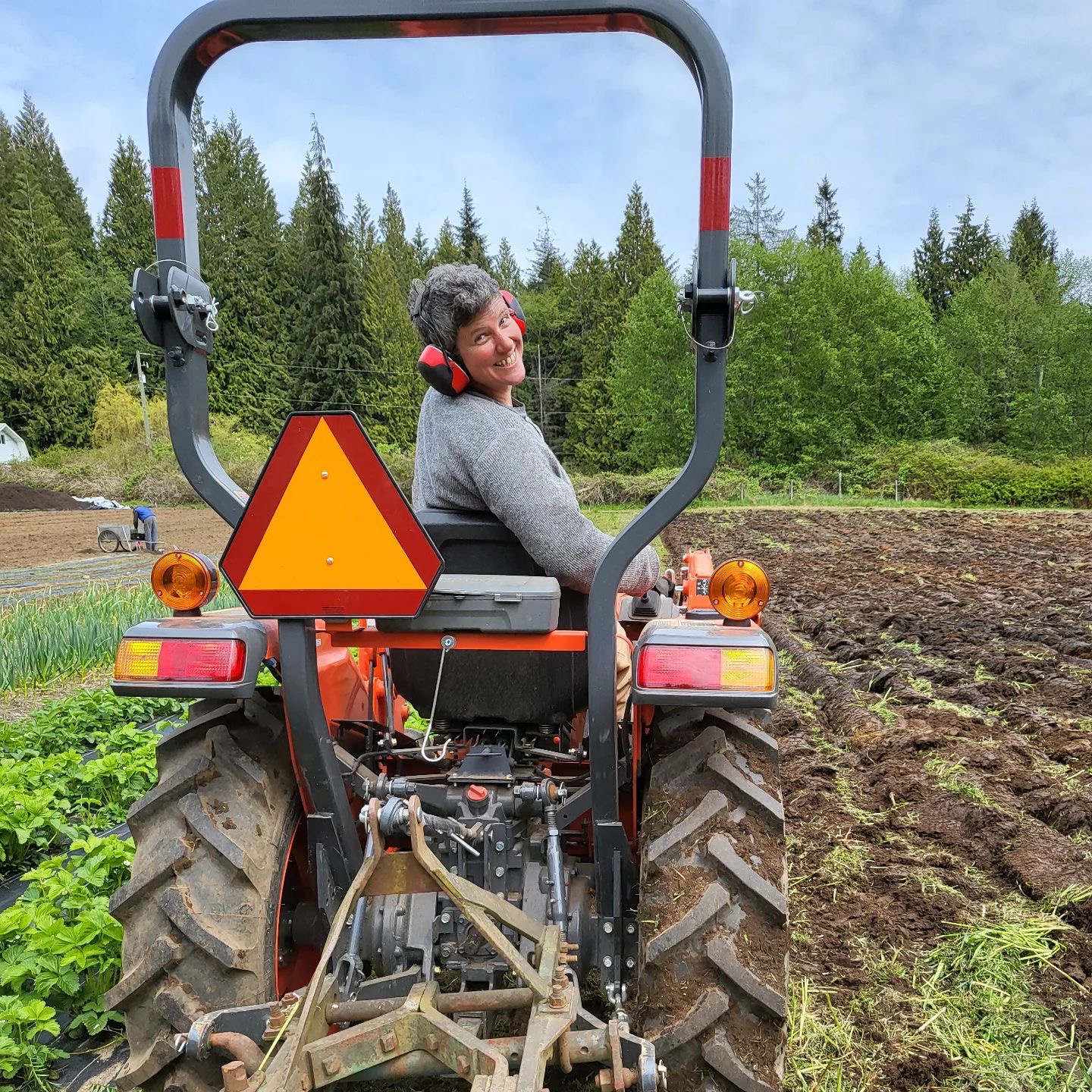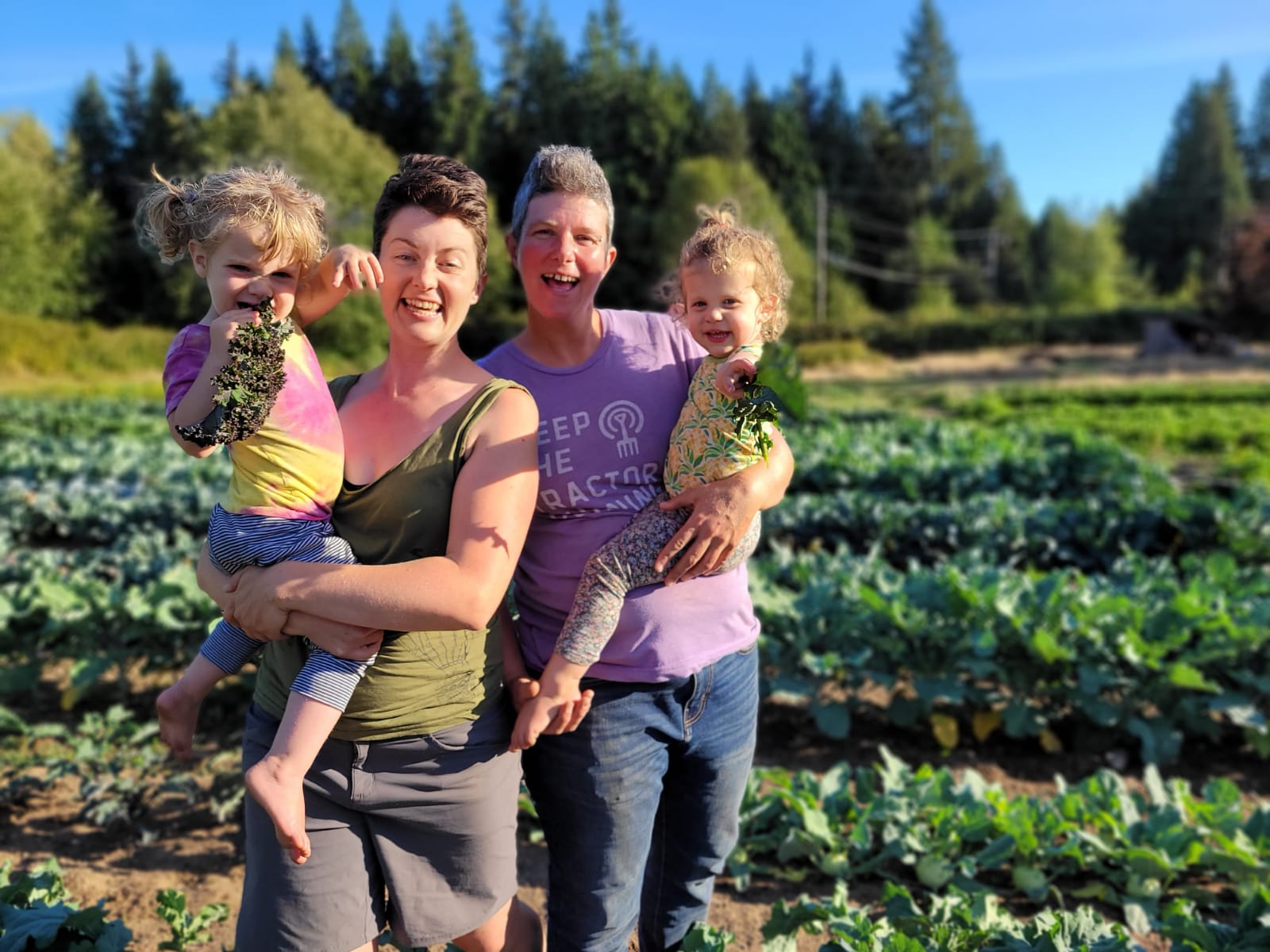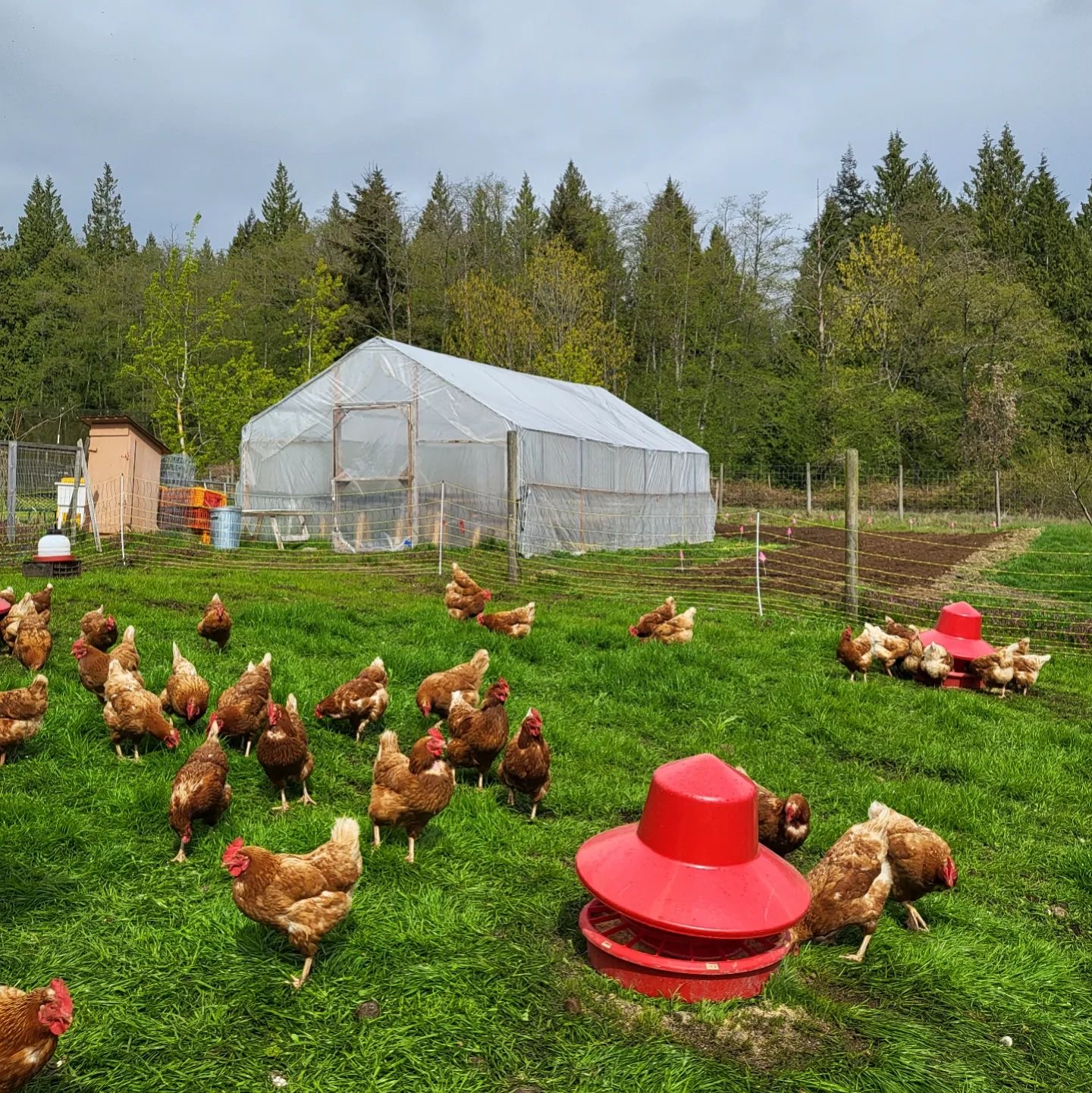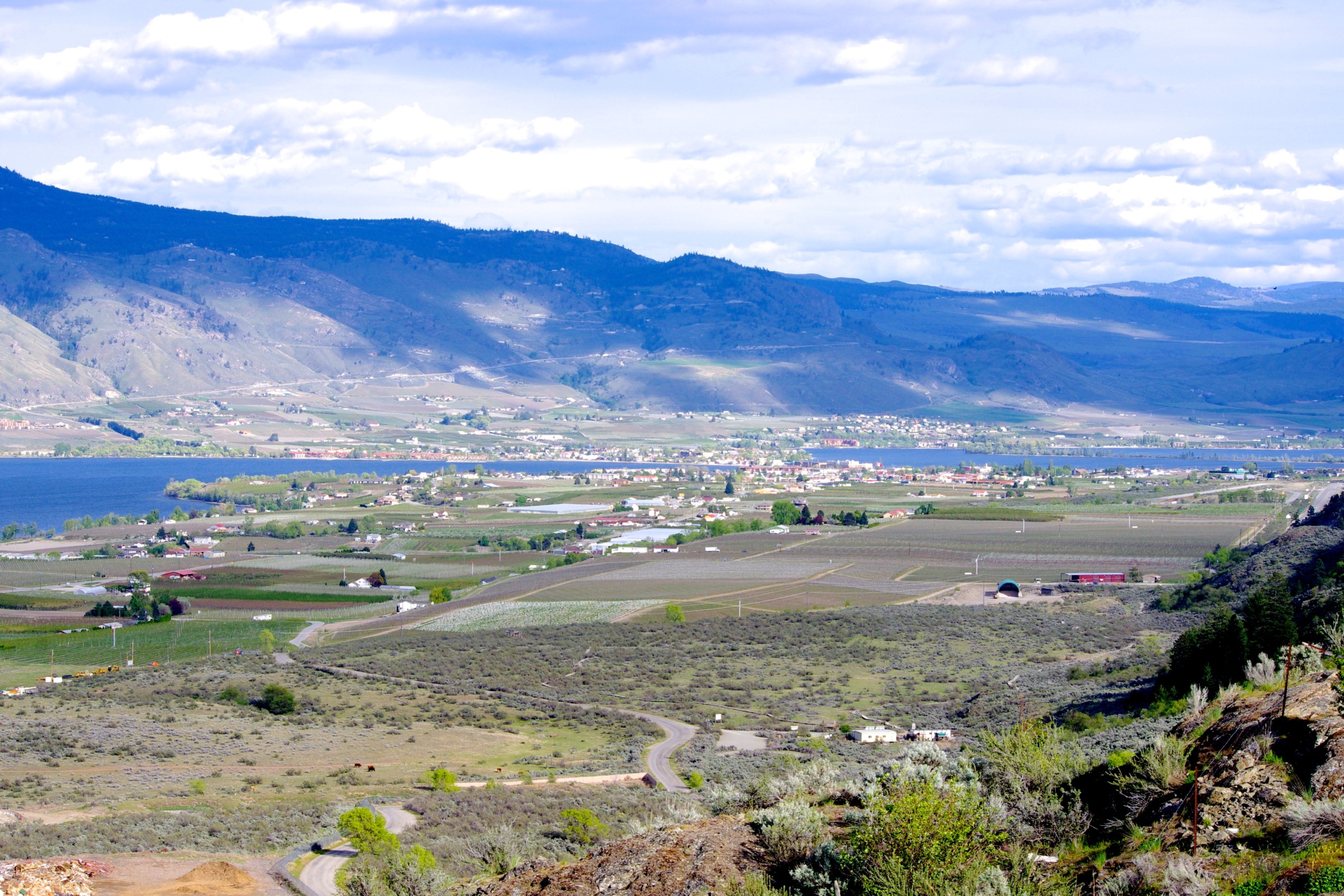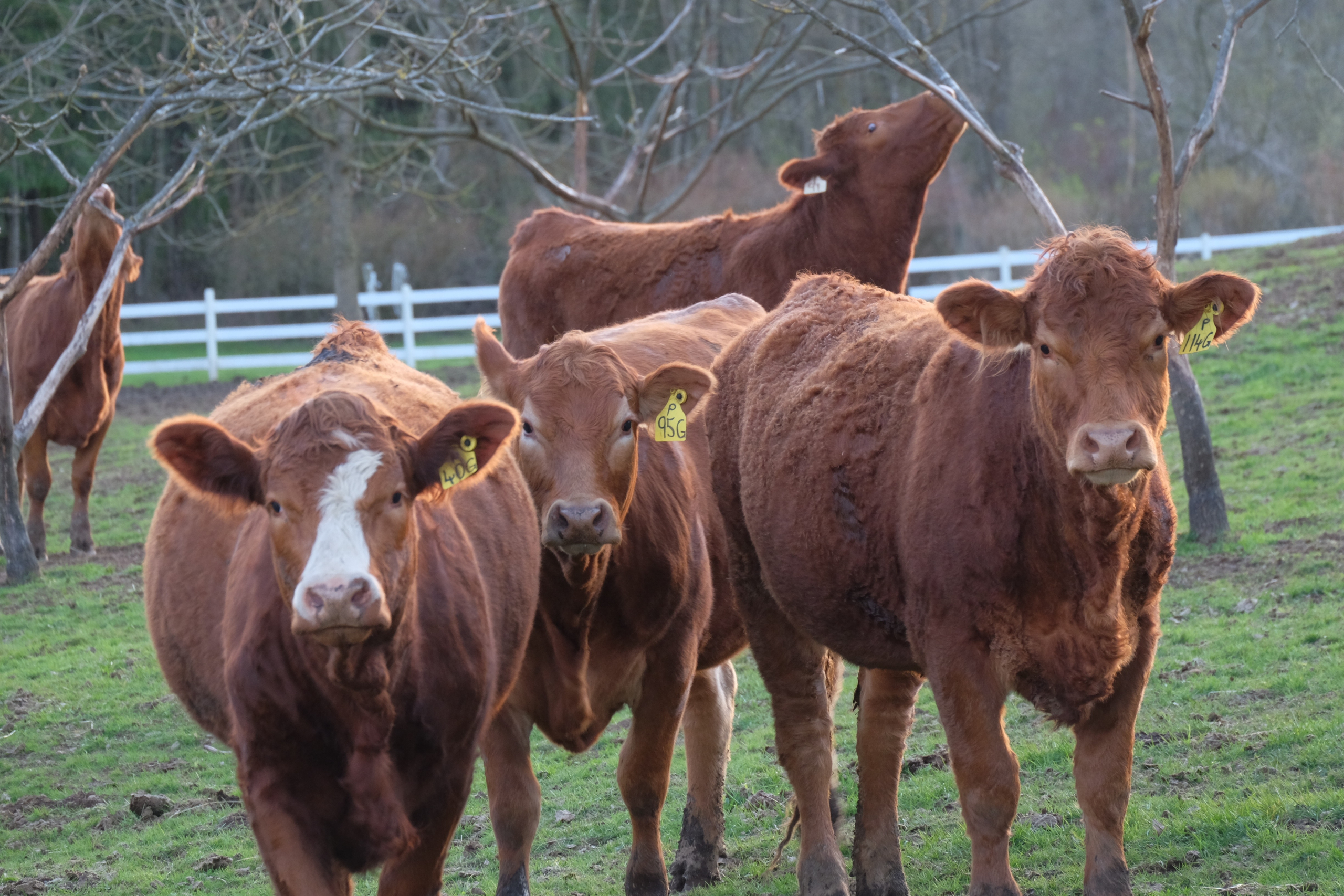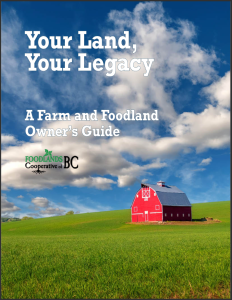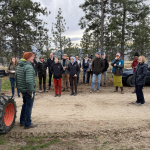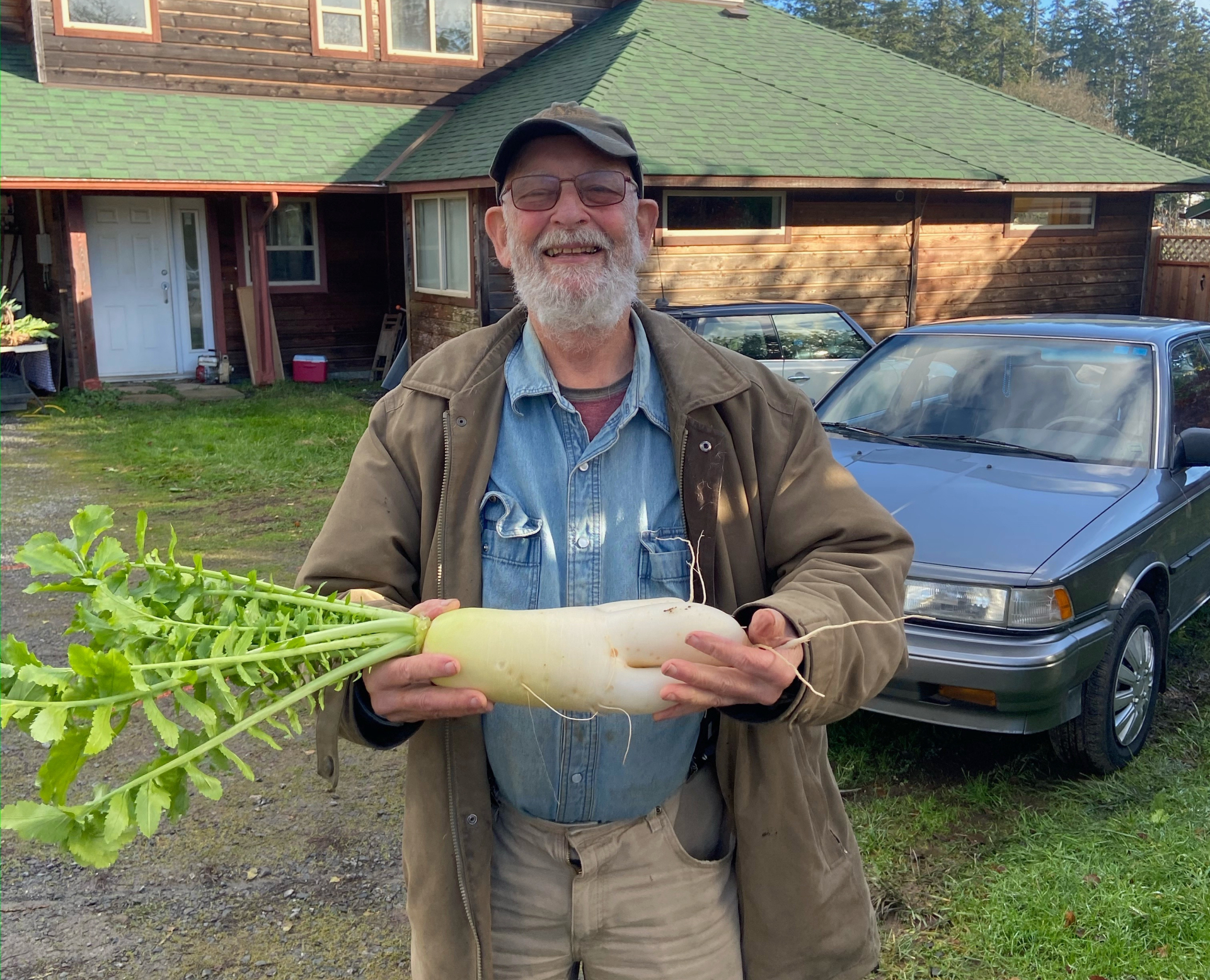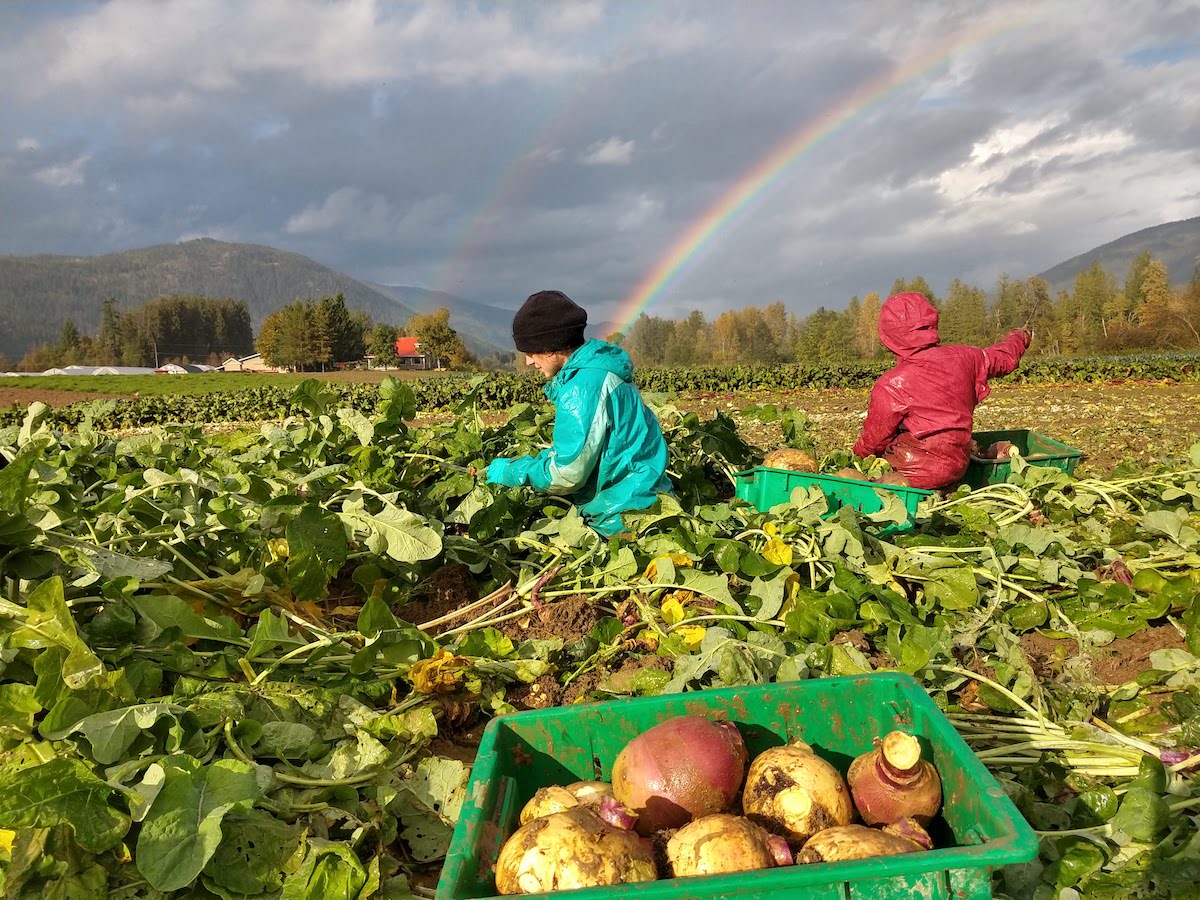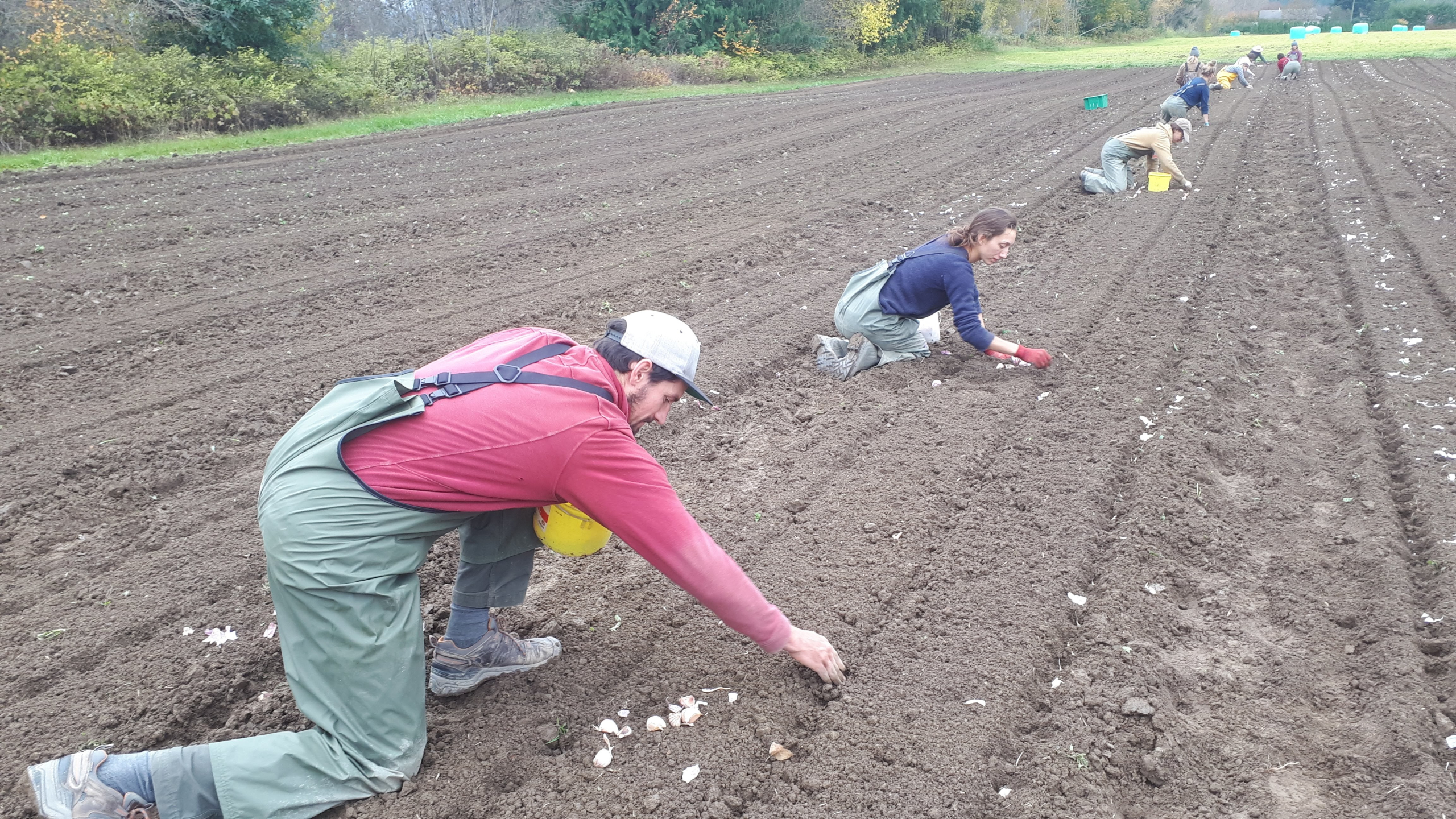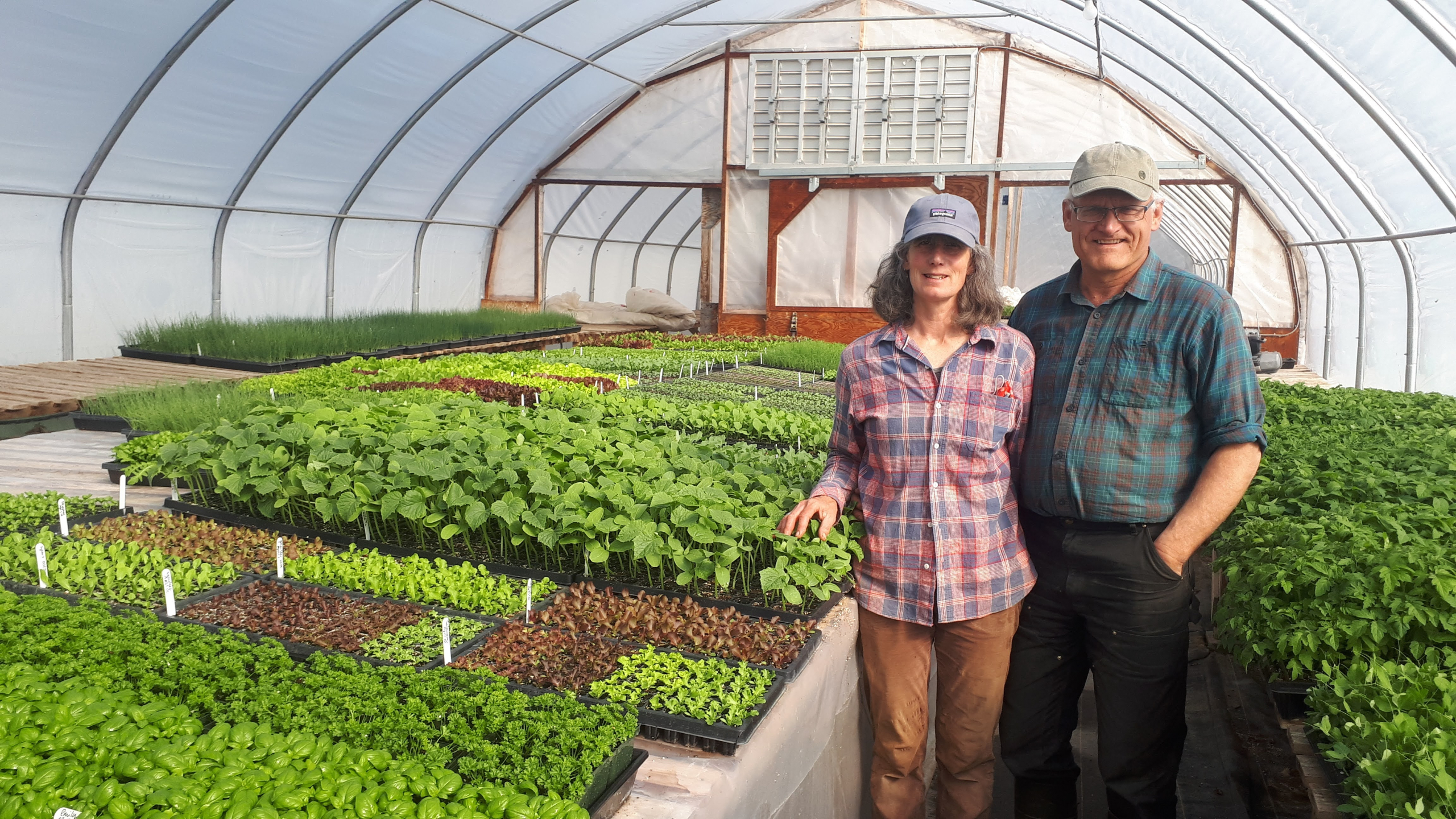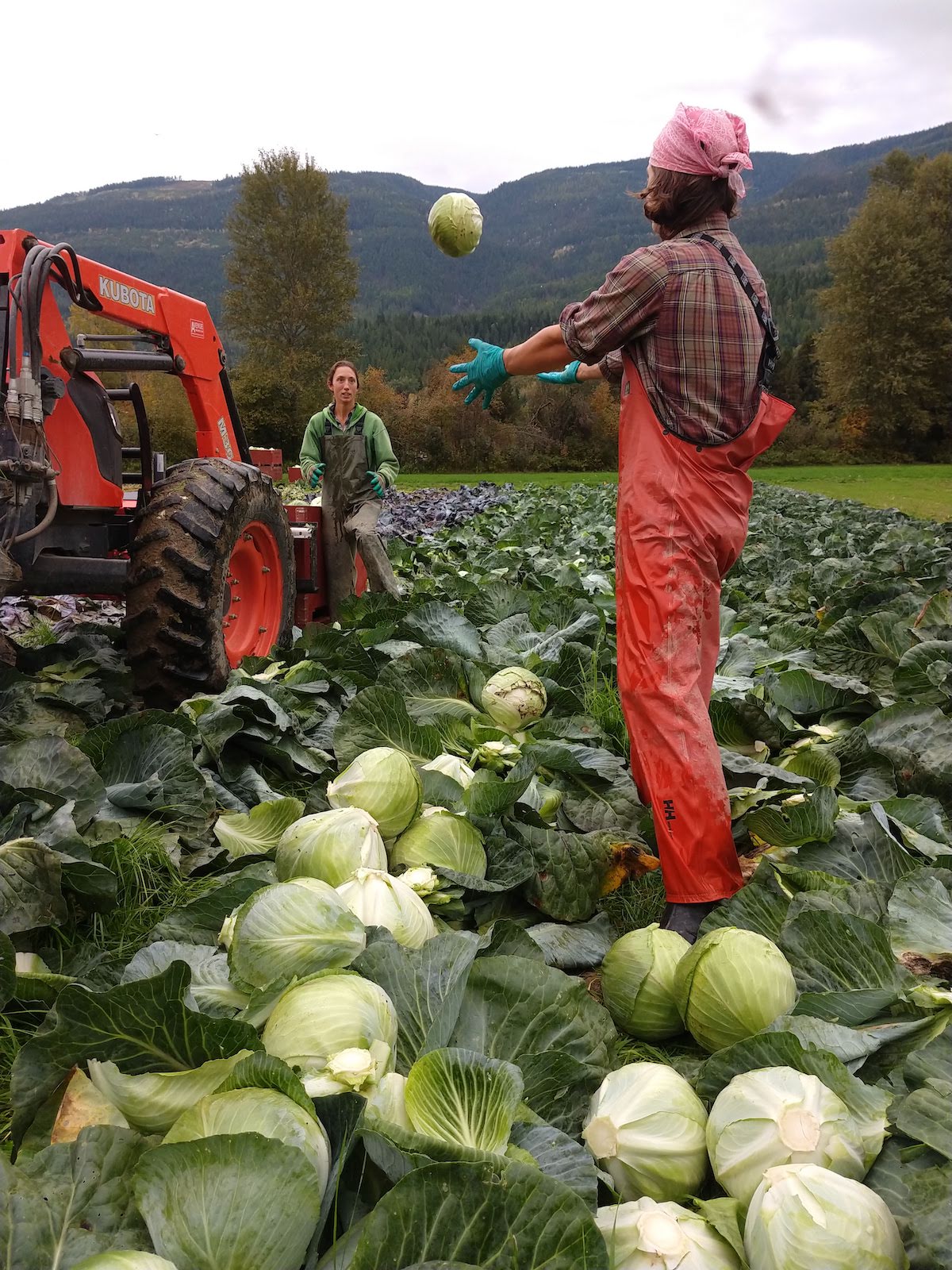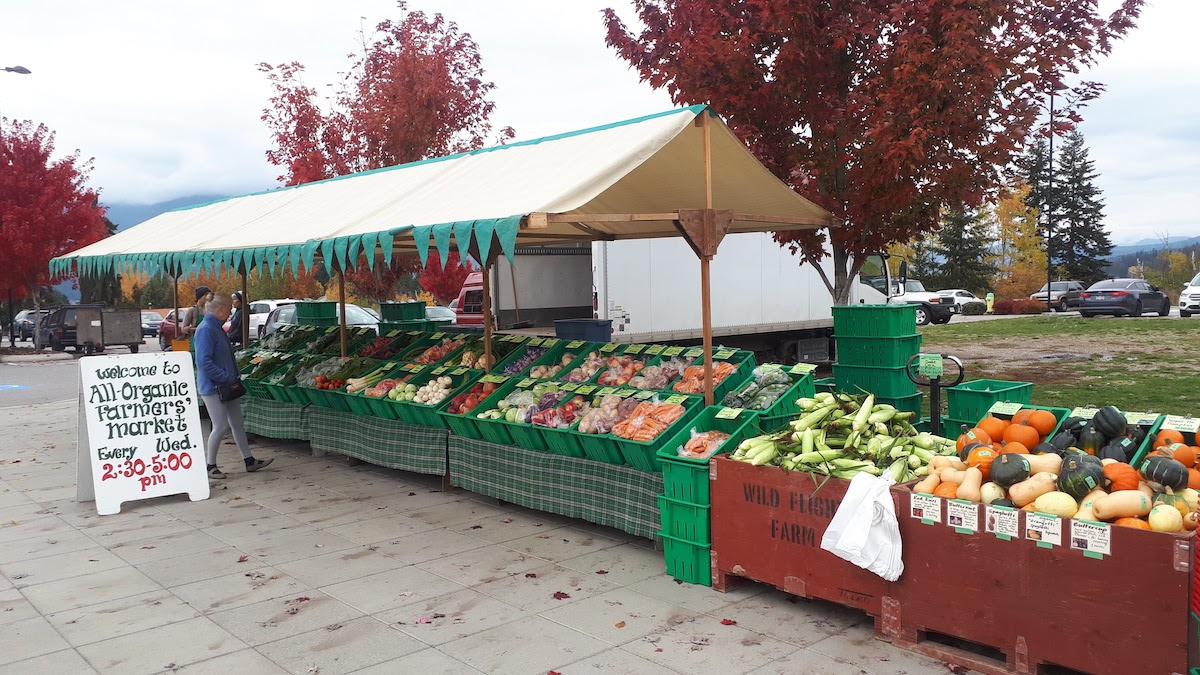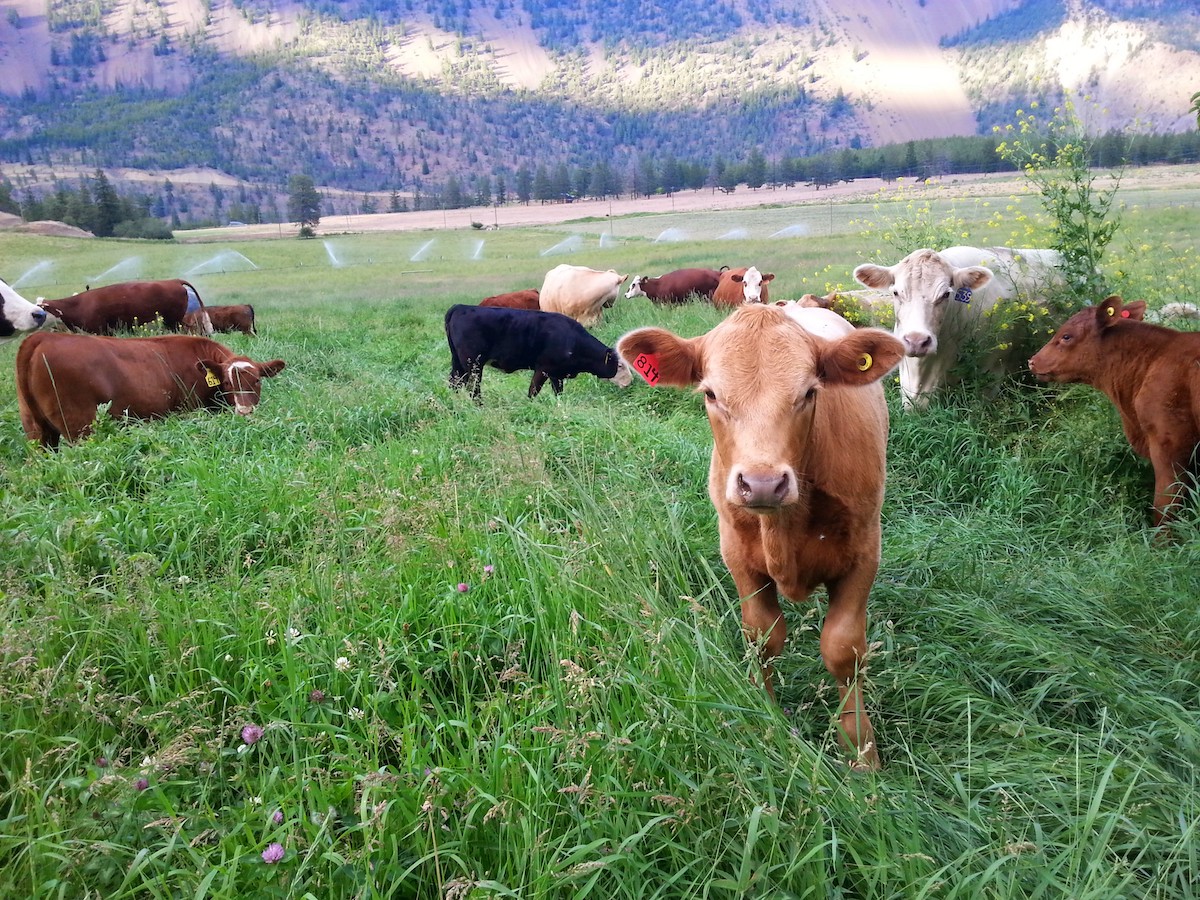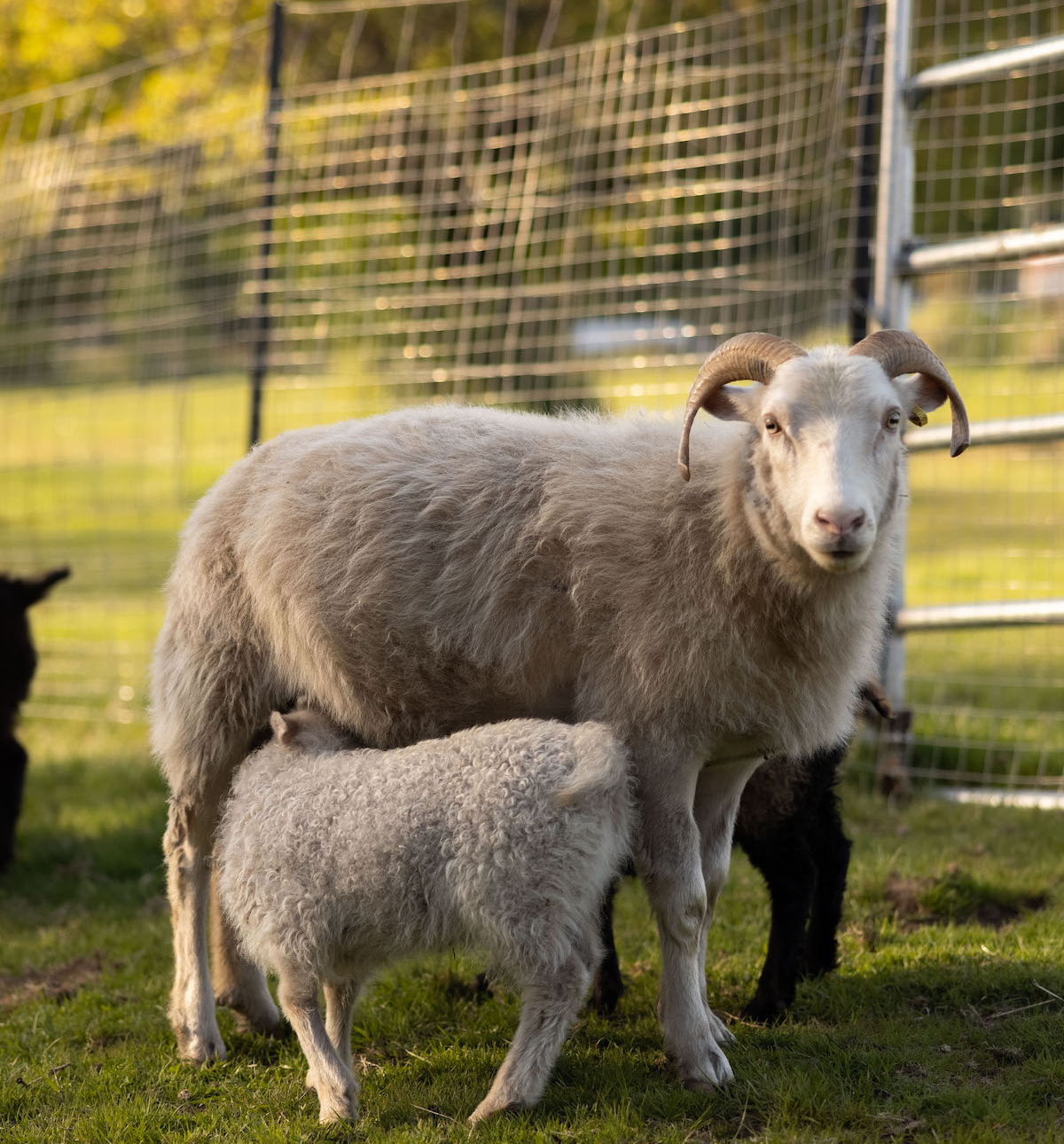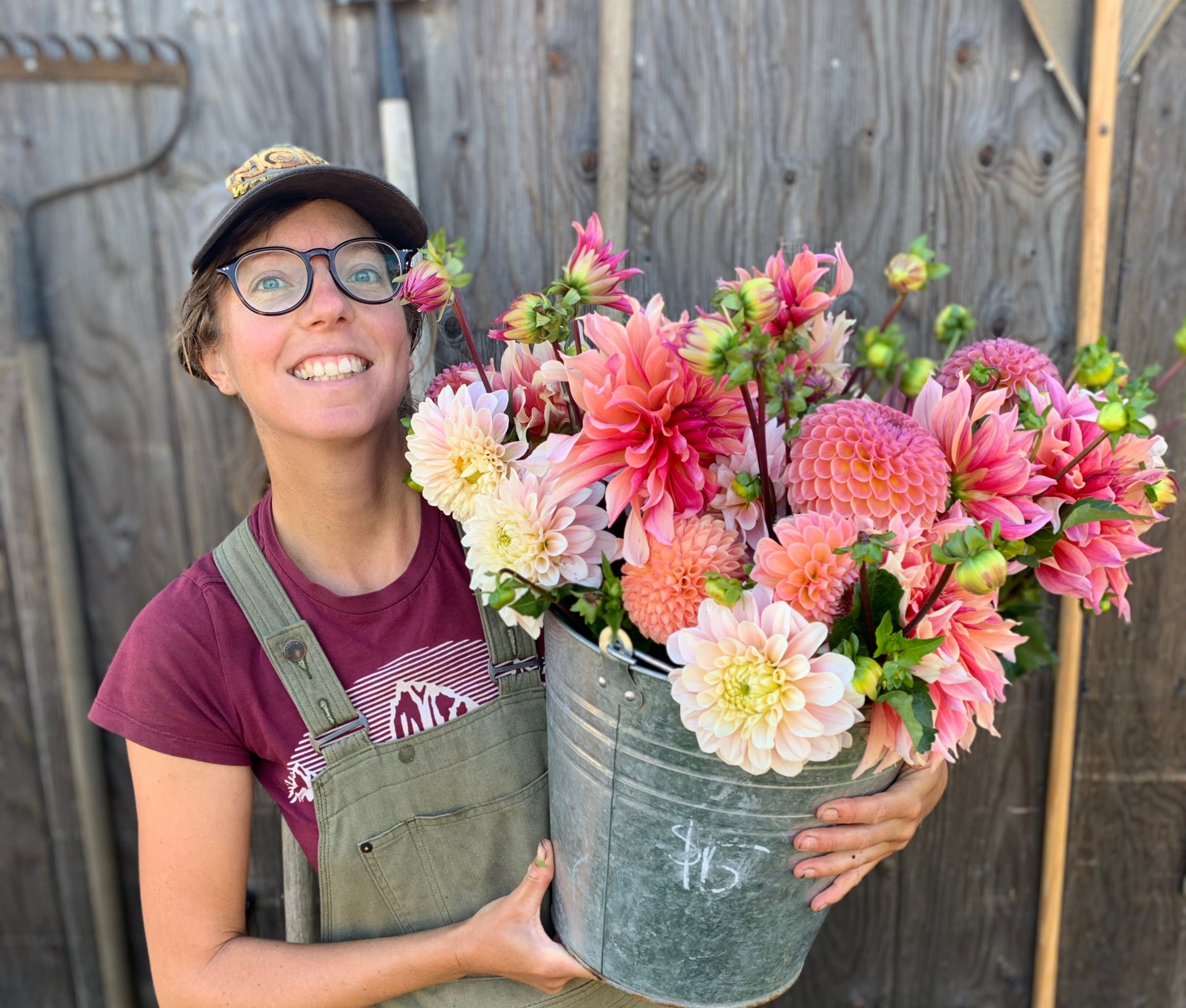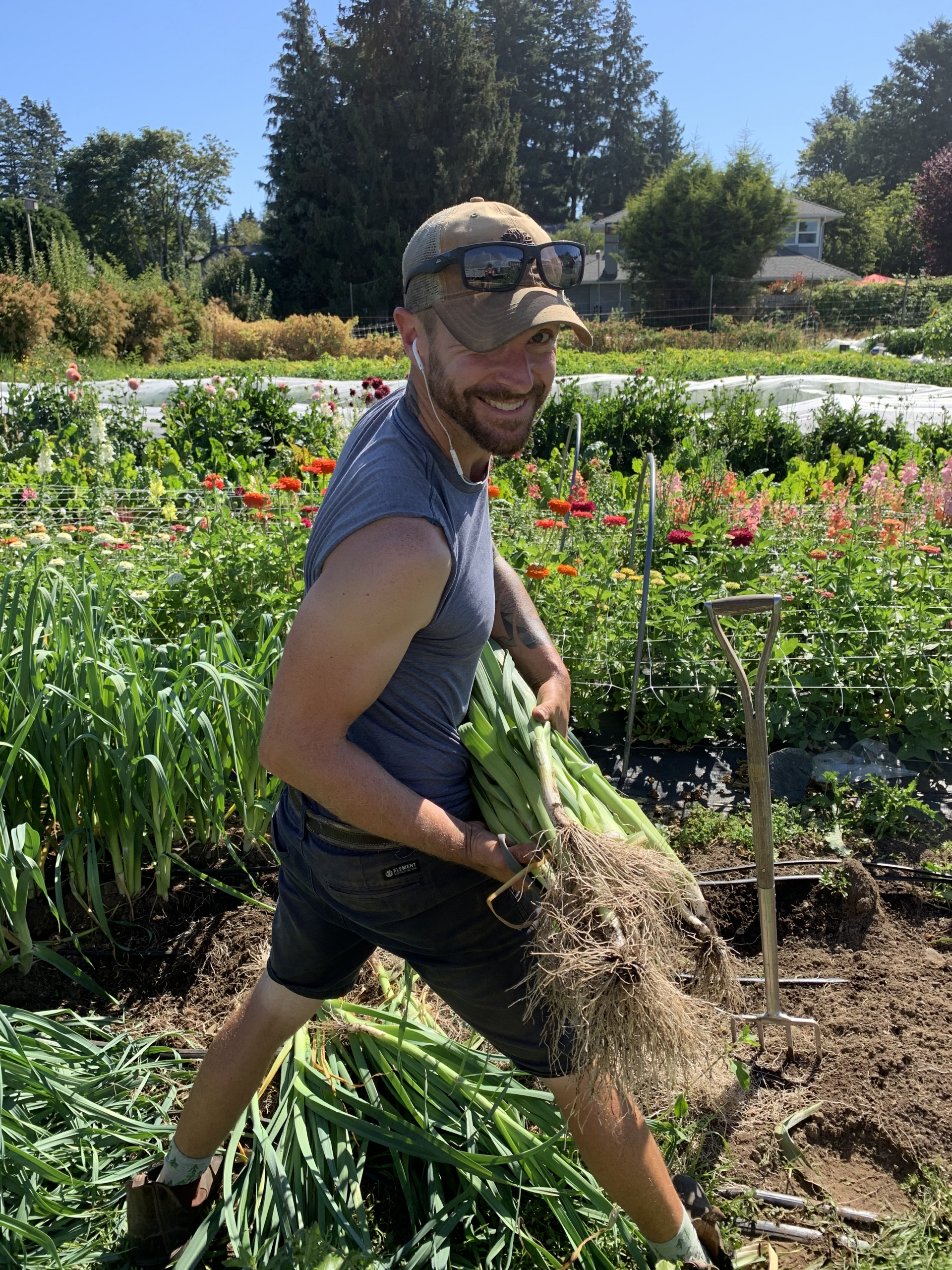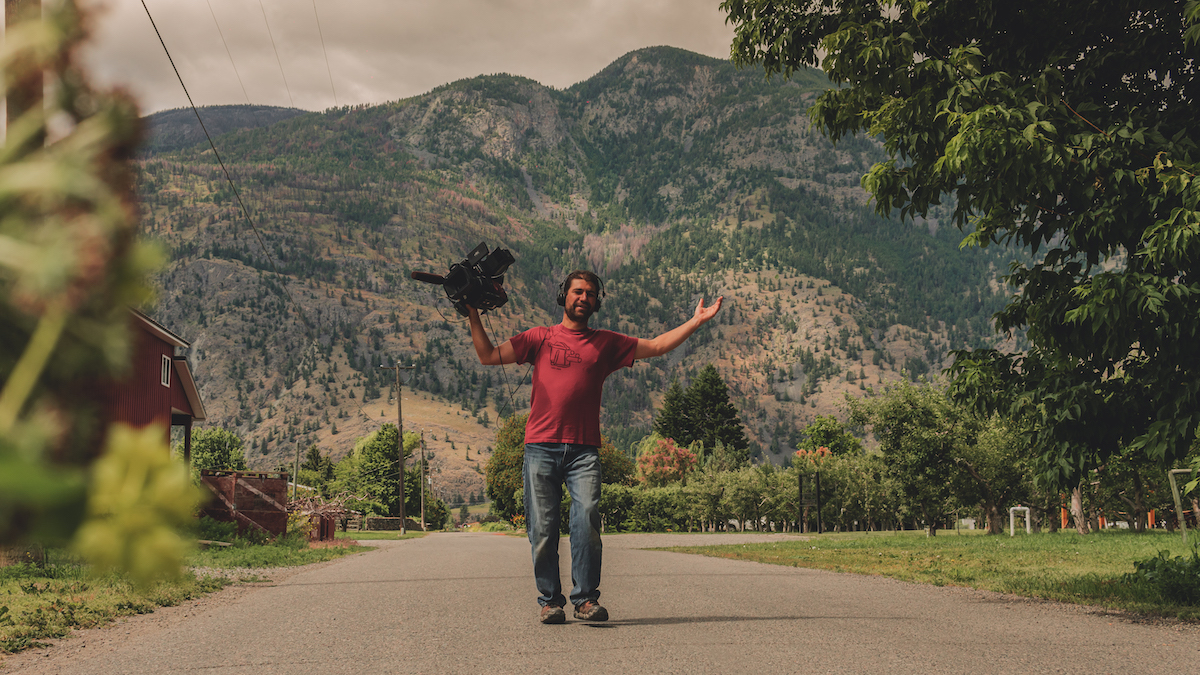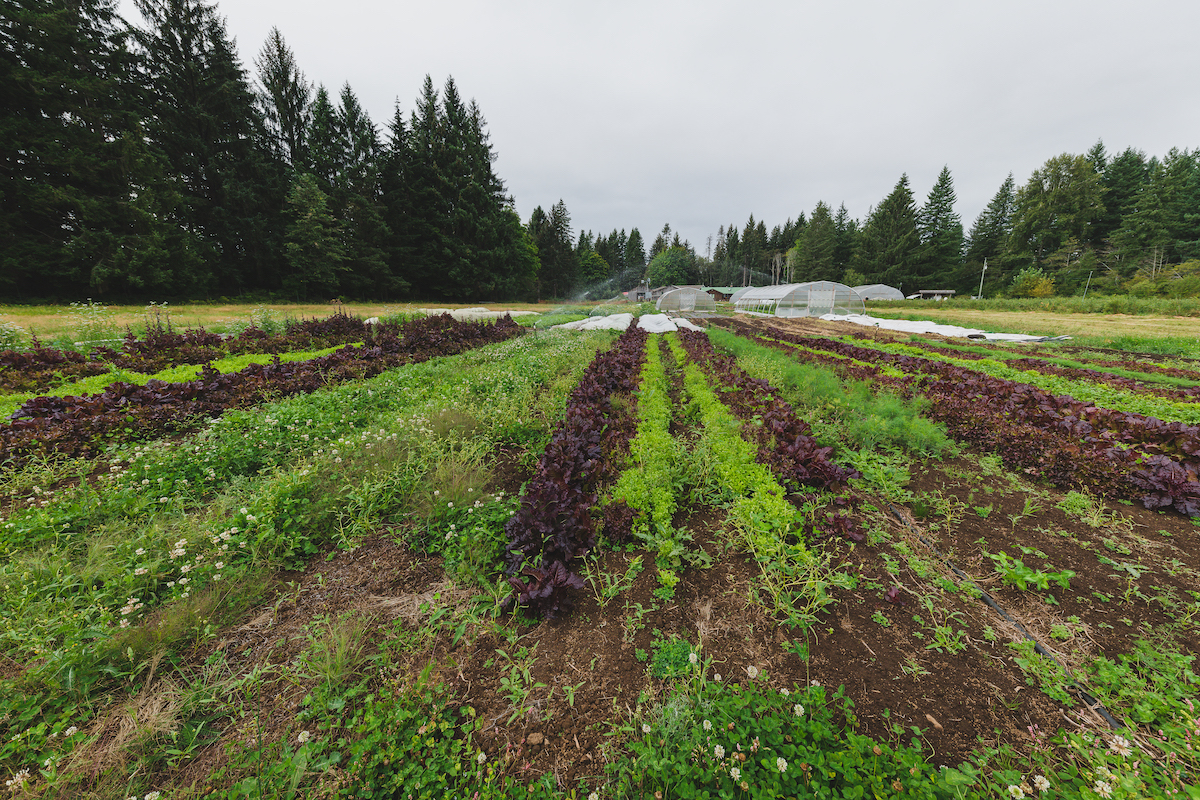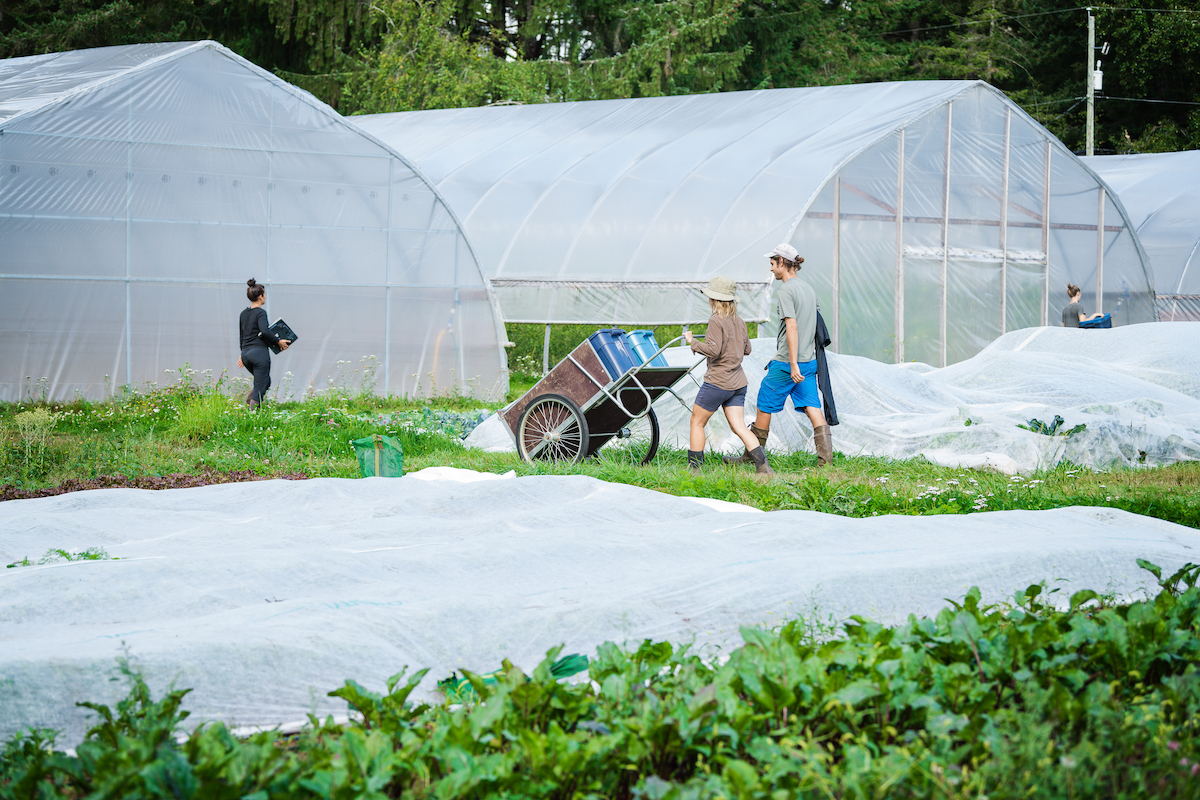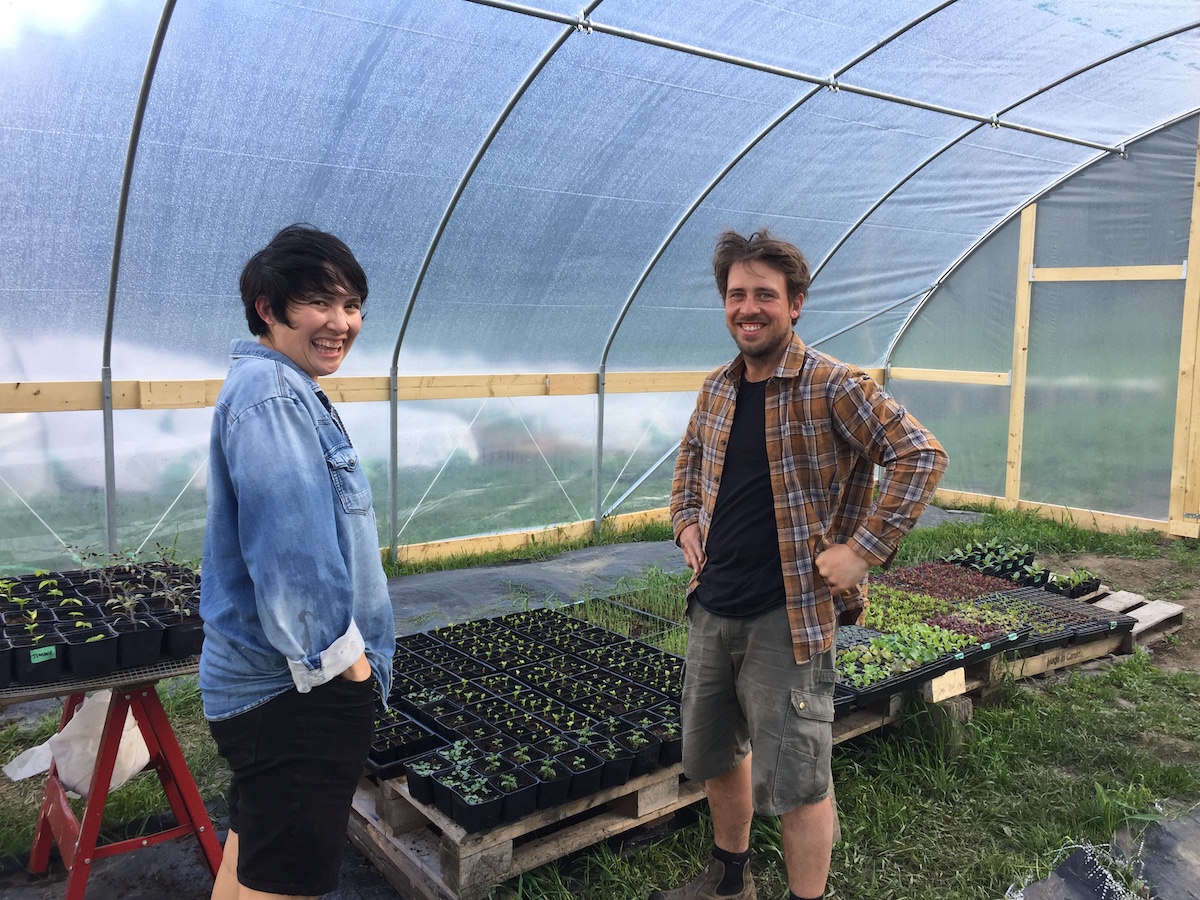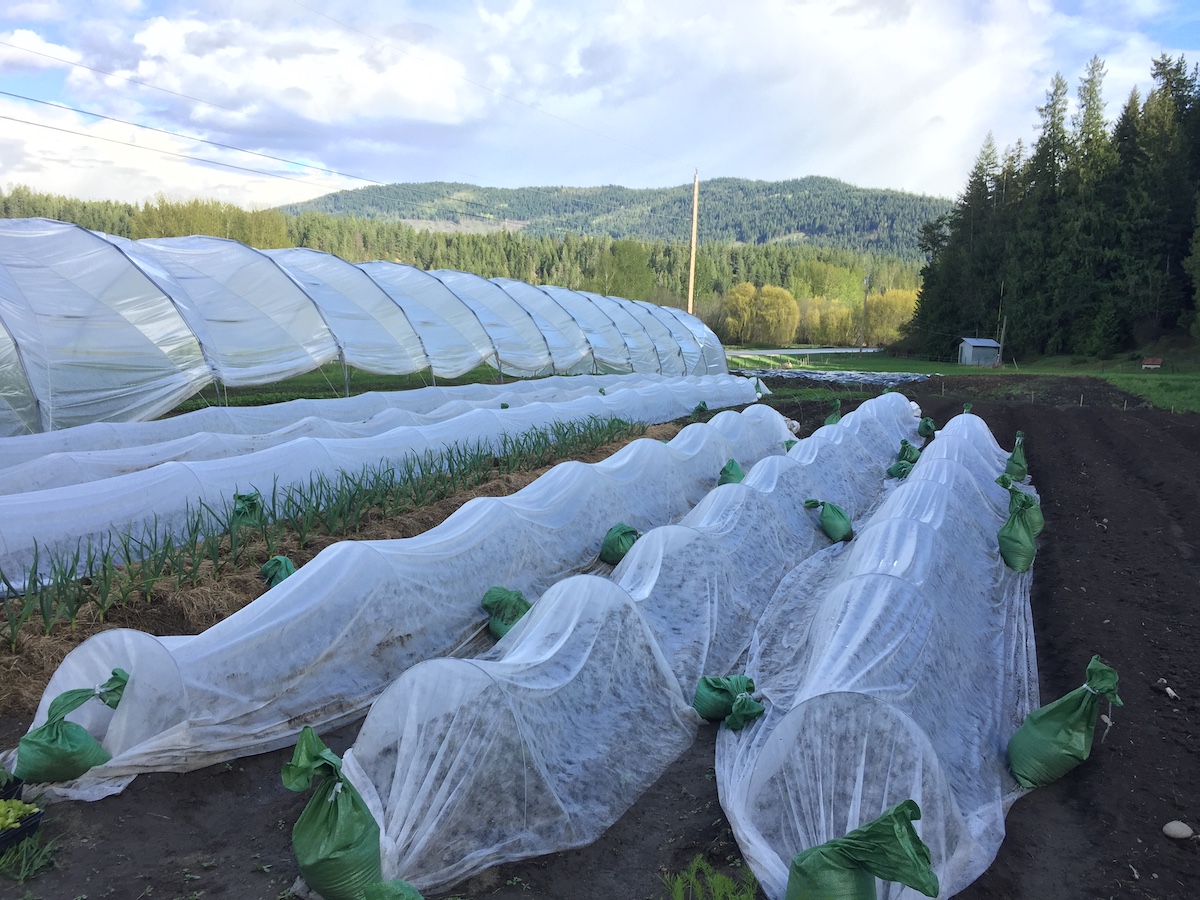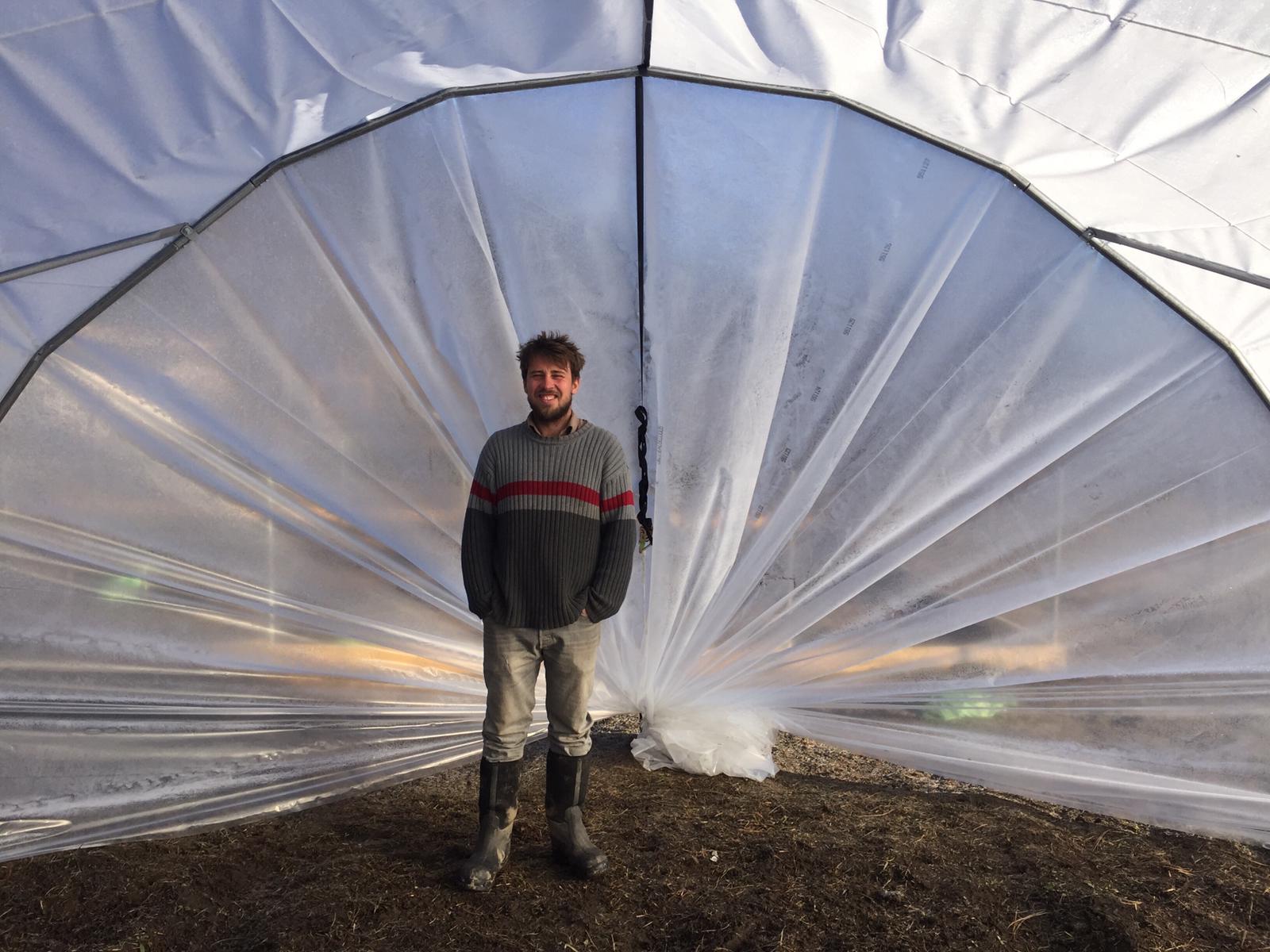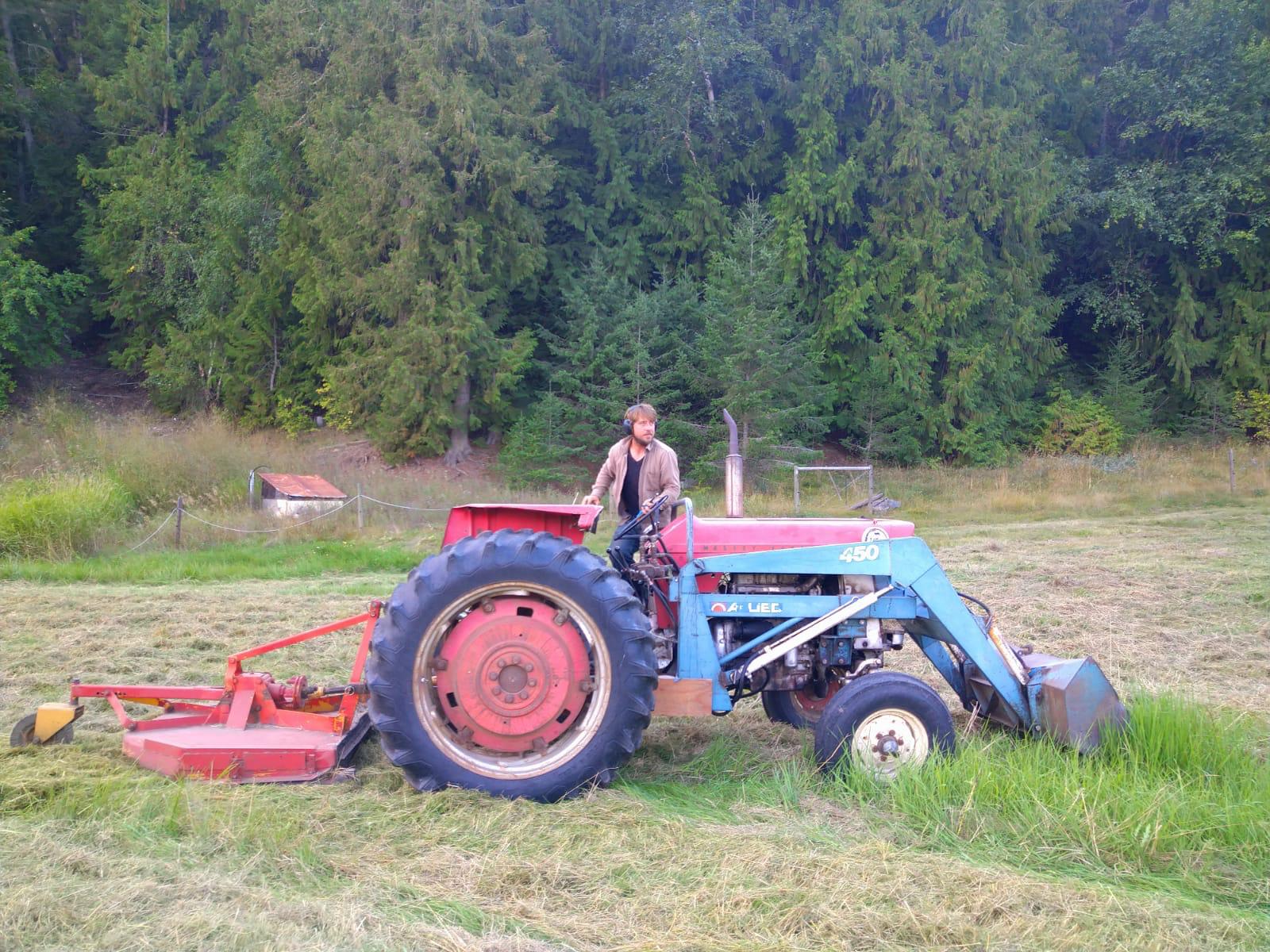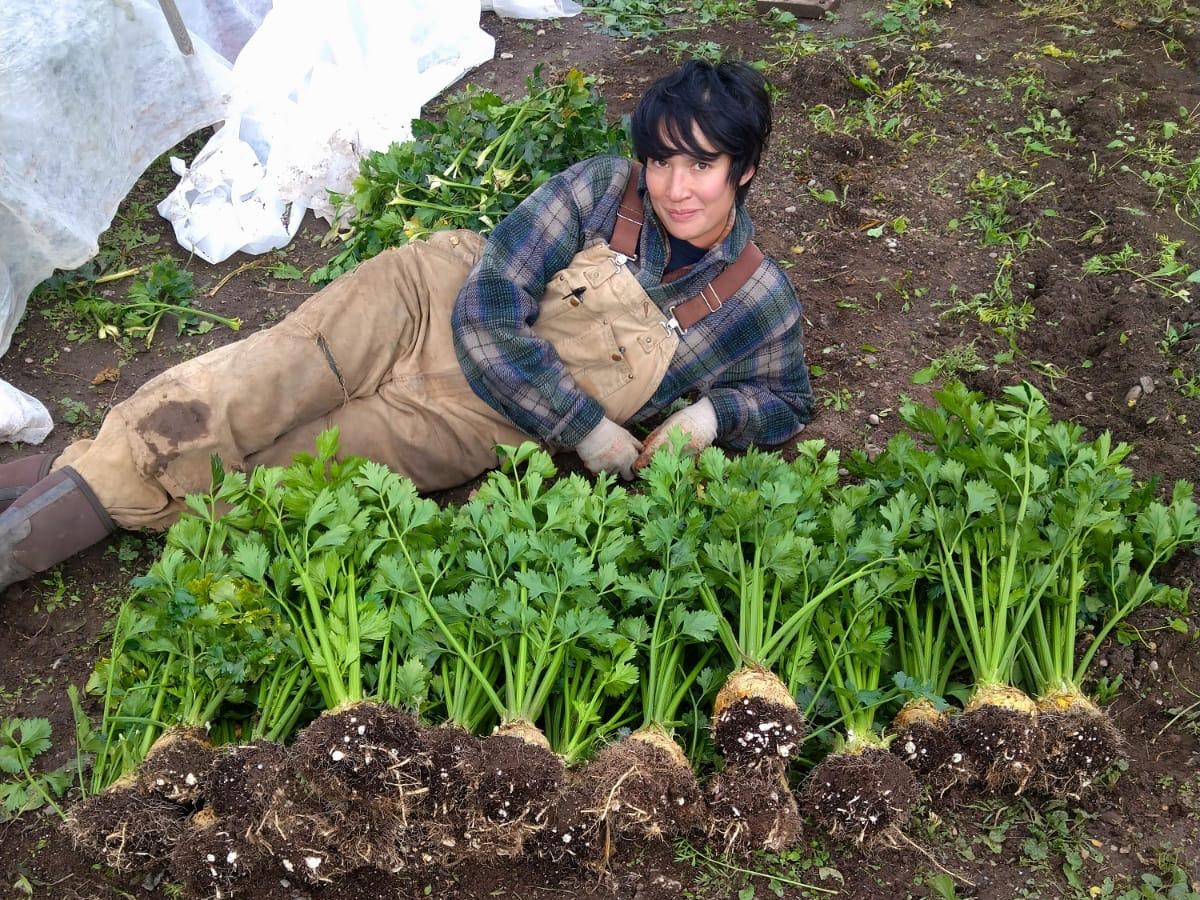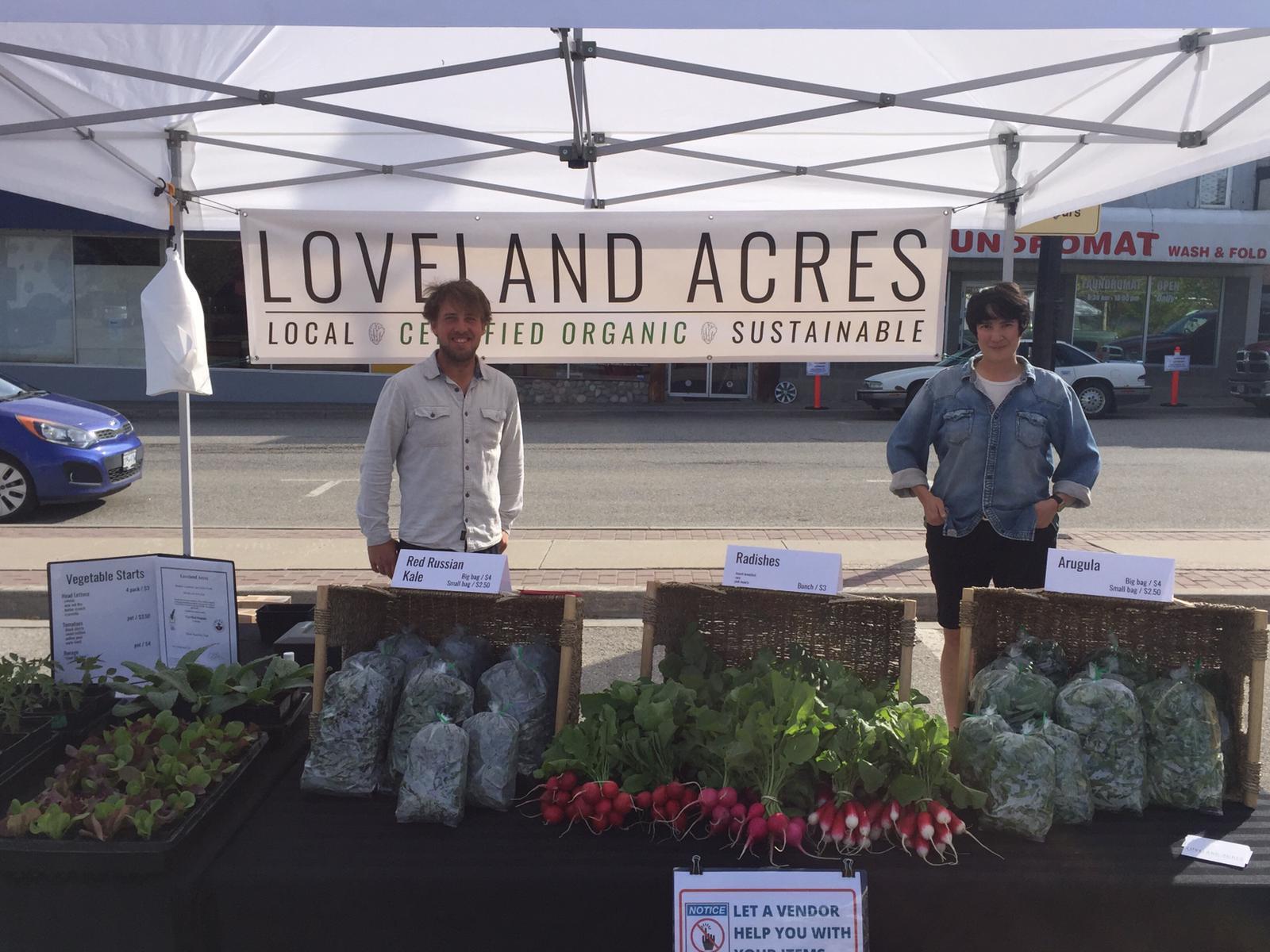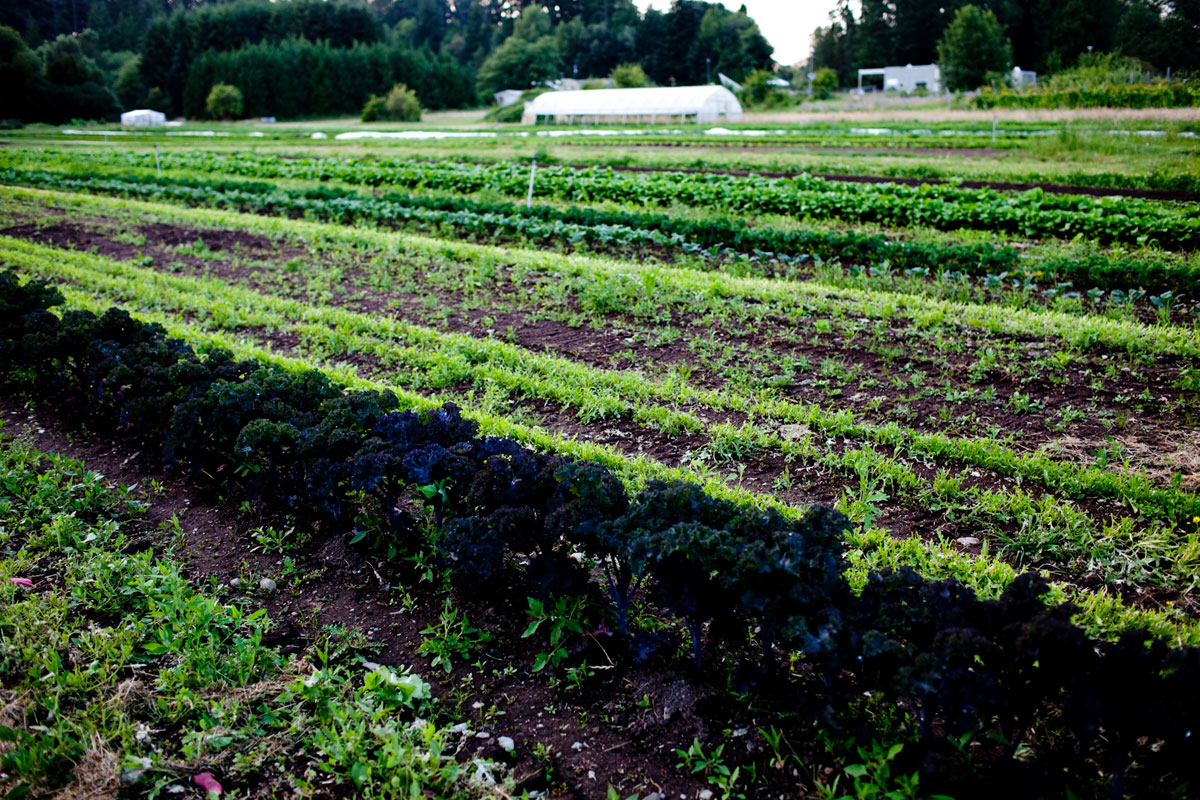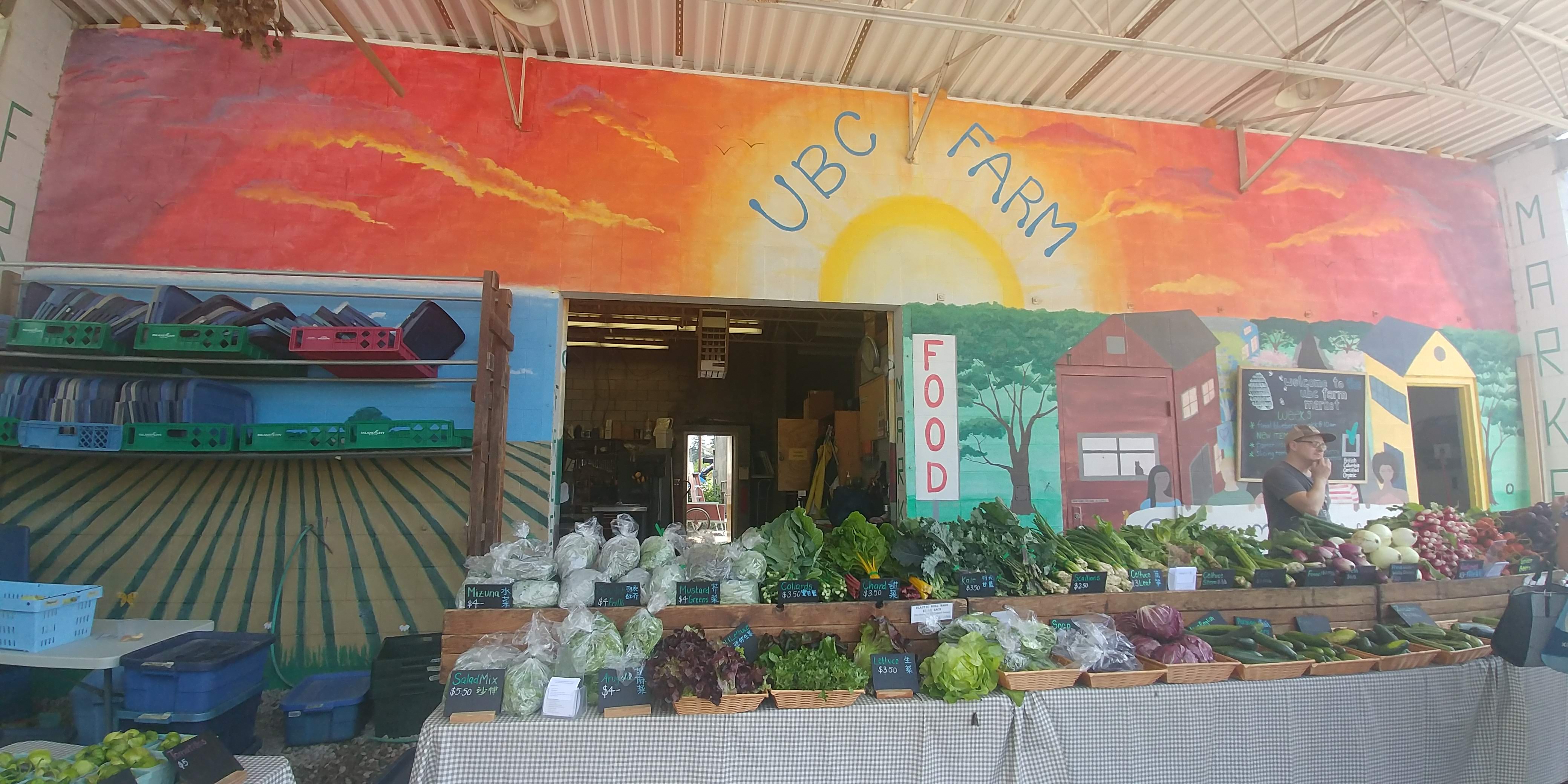Cover Cropping Our Inner Landscape

Reflections on Farmer Mental Health
By Alys Ford
Fourteen years ago, during our first season of commercial farming I made a pretty classic rookie mistake.
I planted many hundreds of feet of tatsoi, with the intention of growing it to full size as a bunched green to substitute for the spinach that, at the time, we seemed incapable of coaxing past bonsai size.
Everybody (except me, 14 years ago) knows that nobody wants gigantic bunched tatsoi at the best of times, and certainly not at the height of the growing season when the market is swamped with much-preferred greens. Nonetheless, I was still a baby farmer, and dammit—I was going to harvest my full-size-tatsoi crop and sell it come hell or highwater. It was beautiful. I babied it. I had no idea how long it would hang out looking gorgeous…a few days? A week? Would it keep getting bigger and better looking? No clue. Baby farmer.
One day, as I was taking our toddler off to daycare, I caught something unexpected out of the corner of my eye as I drove past the fields…something yellow. “What could be yellow?” I wondered.
I gasped. I howled. I panicked. Baby farmer…
The prospect of losing all that work, and not even because the crop failed, but because I missed the harvest window?! Sadly, the story doesn’t even end there—I did all kinds of silly things to try and salvage what I could from that stupid crop, wasted gobs of my own time…blah blah blah. Baby farmer.
But don’t worry. This isn’t really a story about the perils and pitfalls of growing fickle brassicas in the heat of high summer—or even being a hapless baby farmer. It’s about the creation of a work philosophy and farm landmark that endures to this day.
After I dropped the kiddo off at daycare, I raced back home and ran out to the field to…what? Stop the damn stuff from flowering? I stood there absolutely marinating in a rapid fire swirl of chaotic feelings, all over…tatsoi. I walked up and down the rows a few times, swore, hyperventilated, and then marched over to our packing shed and took a grease marker and a piece of plywood and made myself a very large sign that (to this day) reads: DON’T PANIC.
I nailed it up where it could easily be seen, daily, hourly and it hangs there still.
I did indeed go on to waste an awful lot of time on the bolting tatsoi—but in that moment, I had a very deep and serious insight that if I really wanted to be a farmer, I could care, and I could try hard, but I could not have a five alarm meltdown every time something failed or went wrong. I would have to find a way to enjoy my work and put sincere effort into it—without being devastated by the inevitable.
The following season, my fledgling philosophy was put to the test on a grand scale when a massive hailstorm turned a gorgeous late june inventory into green confetti in a matter of minutes. Stuff happens. A lot. If you are going to keep your sanity you have to be able to roll with it.
Don’t panic.
Assess the damage, do what you can to repair things—let go of what can’t be made better.
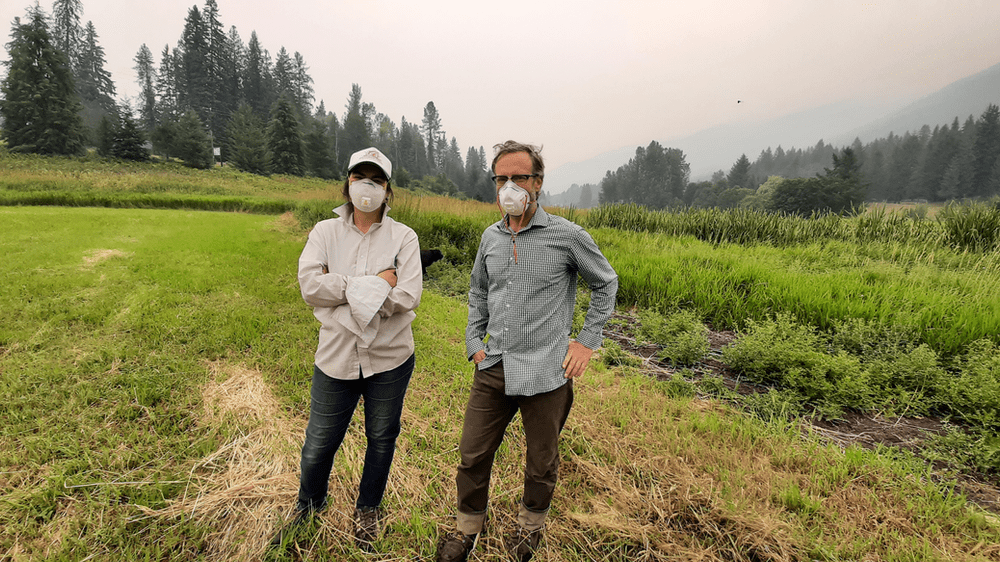
In 2020, when the pandemic happened, I was always telling people that really, speaking from the business-chaos perspective, farmers have a well-adapted skill set to deal with crazy-making levels of unpredictability that would make a normal person weep with frustration. It’s actually what we do. And thank goodness, because none of us would eat otherwise. (I’ve often felt I needed a t-shirt with “a million impossible things before breakfast” on it.)
And.
Even though robust mental health is as necessary to farming as seeds and sun and soil, our mental health is every bit as vulnerable to depletion as the land we farm on. Indeed, the very same underlying factors that threaten our soil health threaten our psycho-spiritual health. Exhaustion. Depletion. Overwhelming pathogen burden. Erosion. Drought.
We need adequate fallowing. We need sufficient nutrient replenishment. We need enough water to quench our thirst, not just limp along.
I know I’m not alone in wondering if we’ve crossed a rubicon of impossible things. Moved from normal-level impossible to abnormal-impossible. Doable-impossible to impossible-impossible.
Because, climate crisis. Can ordinary good-mental-health practices really touch this? Can the same techniques we use to prevent and heal from ‘normal’ stress really help when the frequency and intensity of stressors is hyperbolically abnormal?
My highly scientific data-set-of-one has brought me to the following conclusion: yes and no.
Can we get better at taking care of our emotional landscape? Of course, just as there is always more we can do to support the health and resilience of our farming landscapes.
Following the evidence based advice of mental health experts everywhere, we will feel better and experience greater resiliency to stress if we are dedicated in our regimes of: plenty of rest, balanced nutritious diet, pleasant physical activity, strong social networks, and including mindfulness meditation in our regular schedule—even if we think meditating is for hippies. And you have to actually do the things. A cool infographic on your fridge preaching Seven Steps to Reduce Your Stress is NOT the same as actually going for a pleasant walk with a trusted friend and talking about your FEELINGS.
You need to actually do the things and do them regularly—thinking about cover cropping is nice, but you have to actually plant the seeds, and not just once or twice back in the early aughts. Mental health is a practice—and not to belabour the point but we voluntarily hold ourselves accountable to certification bodies and let verification officers come and poke their noses all over the place asking for the actual proof that we are doing what we say we are doing. In a similar vein, if you have a friend or therapist to whom you are voluntarily accountable for taking all the good mental health vitamins you say you will, you are much more likely to stick to good mental health practices. Get a therapist, start a pod, get a buddy, and do the thing.
And. We need to be honest. The crises we are facing have no precedent. We indeed have a responsibility to ourselves and our families and communities to be good stewards of our whole ecosystem, including our personal physical and psycho-spiritual health.
But we should not feel like failures if, despite our best efforts, the stress exceeds our capacity to bear it. Four years ago, Environment Canada’s air quality monitoring system didn’t even have a scale adequate to calculate how bad the air was during smoke events. The Air Quality Index (AQI) now tops out at a reading of 500 (which is incomprehensibly bad air quality) but we have had readings at our farm worse than even this.
During the summer of 2021, on my way home from market, wearing a respirator for the smoke (not a mask for covid), I stopped by a good friend’s farm gate to pick up flowers (see: insane smoke + covid = flowers are a necessity). We stood in her fields shaking our heads, crying, swearing, oohing and ahhing over the dahlias, and talking customers good and bad. Our new normal. I told her that day that friend to friend—farmer to farmer—I gave her permission to quit: “I promise, as your friend and fellow farmer, I will not judge you if you quit. This is insane.”
Three months later, they moved their business to Nova Scotia. Away from the fires. Their new farm might get scraped off the face of the earth by some monster hurricane—but they should be able to breathe the air in the meantime.
For myself I have decided to take a both/and approach. I will use every tool in my toolkit to boost my psychological immune system, and I accept that even my very best might one day meet its match. If and when it does I can still use my farmer superpowers to not panic, assess the damage, do what you can to repair things, and, most of all, let go of what can’t be made better.
In 2023 Alys trained with the Good Grief Network (GGN) to become a climate distress peer support-group facilitator. She leads small groups using the 10-step model developed by GGN founder LaUra Schmidt. She is currently training to become a climate chaplain. In her spare time, she is one half of Ravine Creek Farm and mom to two delightful humans on the unceded territory of the Sinixt (Slocan Valley, BC).
If you would like to learn more, or start a peer support group in your community, please reach out to Alys at ravine.creek@gmail.com.
Featured image: Mature tatsoi, ready for harvest. Credit: (CC) Idéalités.






